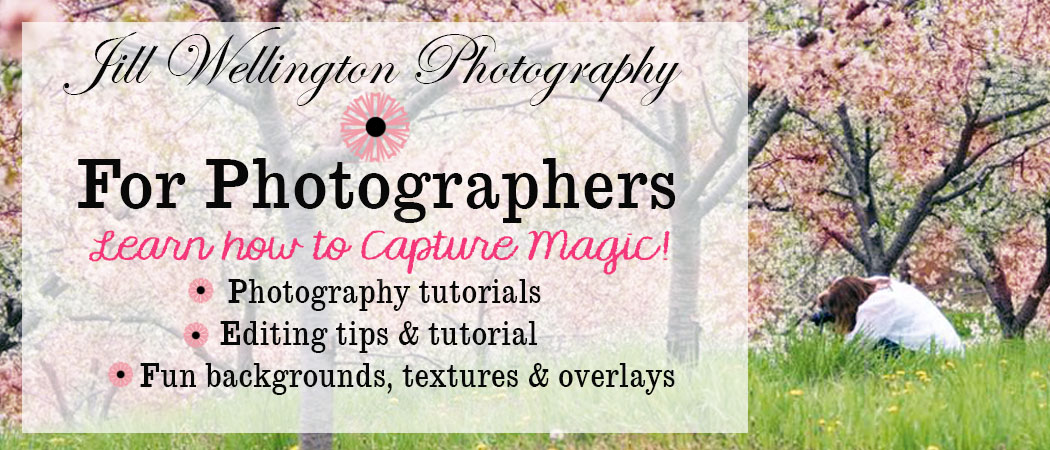Autumn is a gorgeous time of year to photograph waterfalls
because of the colorful foliage.
I live in the beautiful state of Michigan which has more than
200 waterfalls...most of them in the upper peninsula.
I just got back from a waterfall photography tour in the upper peninsula starting
with Tahquamenon Falls near Paradise, Michigan.
What a spectacle!
I shot from above:
Then hiked down 196 steps...
To shoot from below.
This falls is a unique copper color caused by the
tannins that leach from cedar swamps in the area.
Next, I drove through spectacular fall color to Grand Marais,
a small city on the coast of Lake Superior...
Then hiked down more steps...
To Sable Falls!
If you photograph a waterfall with a quick shutter speed, you will
freeze the tumbling water for a look like this:
To create a feeling of movement in the photo...it's much prettier to blur
the falling water to create a silky look like this:
To capture this flowing drama, you will need to use a tripod and a long shutter speed.
In the case of the photo above, I used a 25-second shutter!
In darker conditions such as near nightfall, or on an extremely cloudy day or
close to day break, you can capture a long shutter.
But on a sunny or even overcast day, you know that a shutter open for 25 LONG seconds
is going to totally blow out the photo.
So, I purchased this neutral density filter for my Canon f24-105 lens.
Look on the inside of your lens cap to see what size
filter you will need for the lens you want to use.
Mine was a 77mm.
I bought a variable neutral density filter that allows
you to change the amount of light that enters your camera
by simply dialing the filter.
I set my camera to the Shutter priority mode (TV on a Canon. S on a Nikon)
I set my ISO at 100 and allowed the camera to choose the aperture.
The longer the shutter is open, the creamier the effect on the moving water,
so I started by setting my shutter at 20-seconds.
With your neutral density filter on the lightest setting, compose
your shot and get a focus. Set the focus to manual on your lens so it won't
change when you click the shutter.
Use a remote starter or set your camera for a 2-second delay
to avoid camera shake.
Next, dial your filter to the darkest setting and do a test shot.
You will have to test various settings on the filter and
maybe change your shutter speed to get the
perfect exposure for your light conditions.
I was so frustrated because I kept forgetting to dial
the filter back to dark after focusing!
But the results are stunning!
Many photographers flock to Michigan waterfalls in autumn,
so I had to wait my turn. I loved meeting others
who are passionate about photographing such beauty!
Next stop...Miner's Falls which was a half hour hike
through these gorgeous woods.
This waterfall was tall and mighty surrounded by majestic pines!
I love that silky water look!
Finally, we hiked through another gorgeous woods...
up and down more stairs...
to Munising Falls:
I have been wanting to do this trip for years, and
now I can finally cross it off my bucket list.
Plan ahead if you want to photograph a waterfall
and you will LOVE the results!
Watch my video tutorial to learn how to change the color
of fall leaves!





















No comments:
Post a Comment